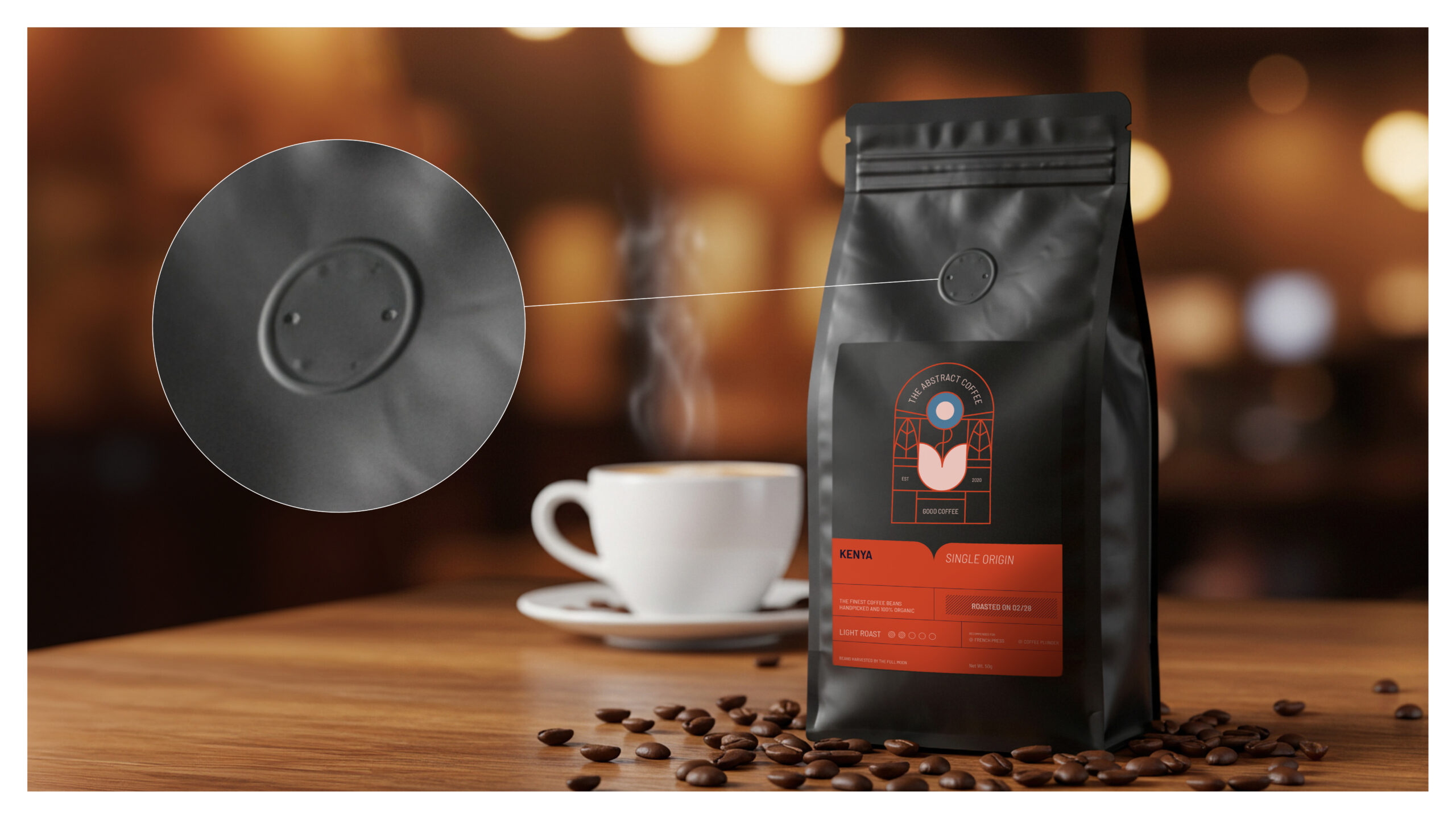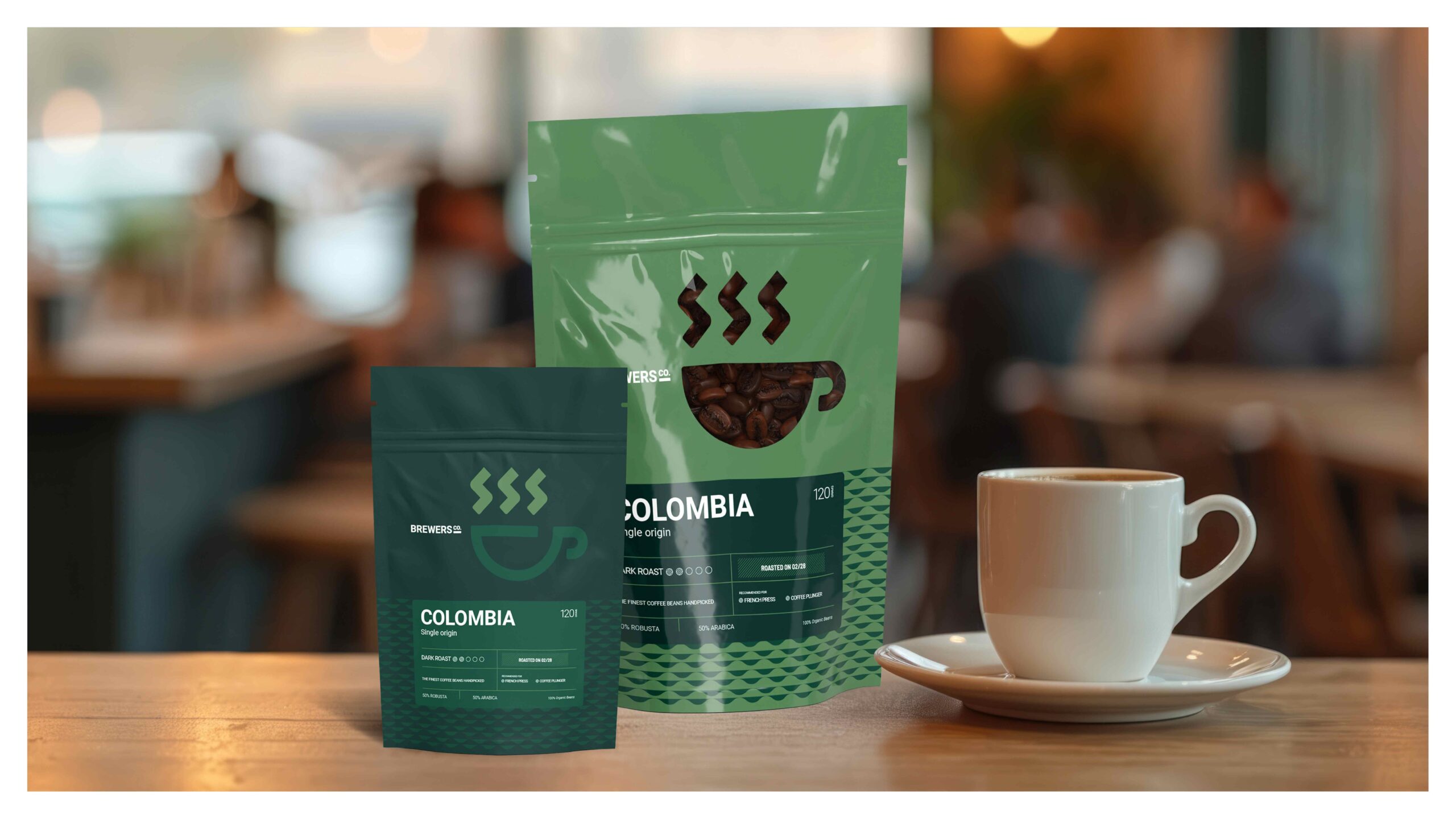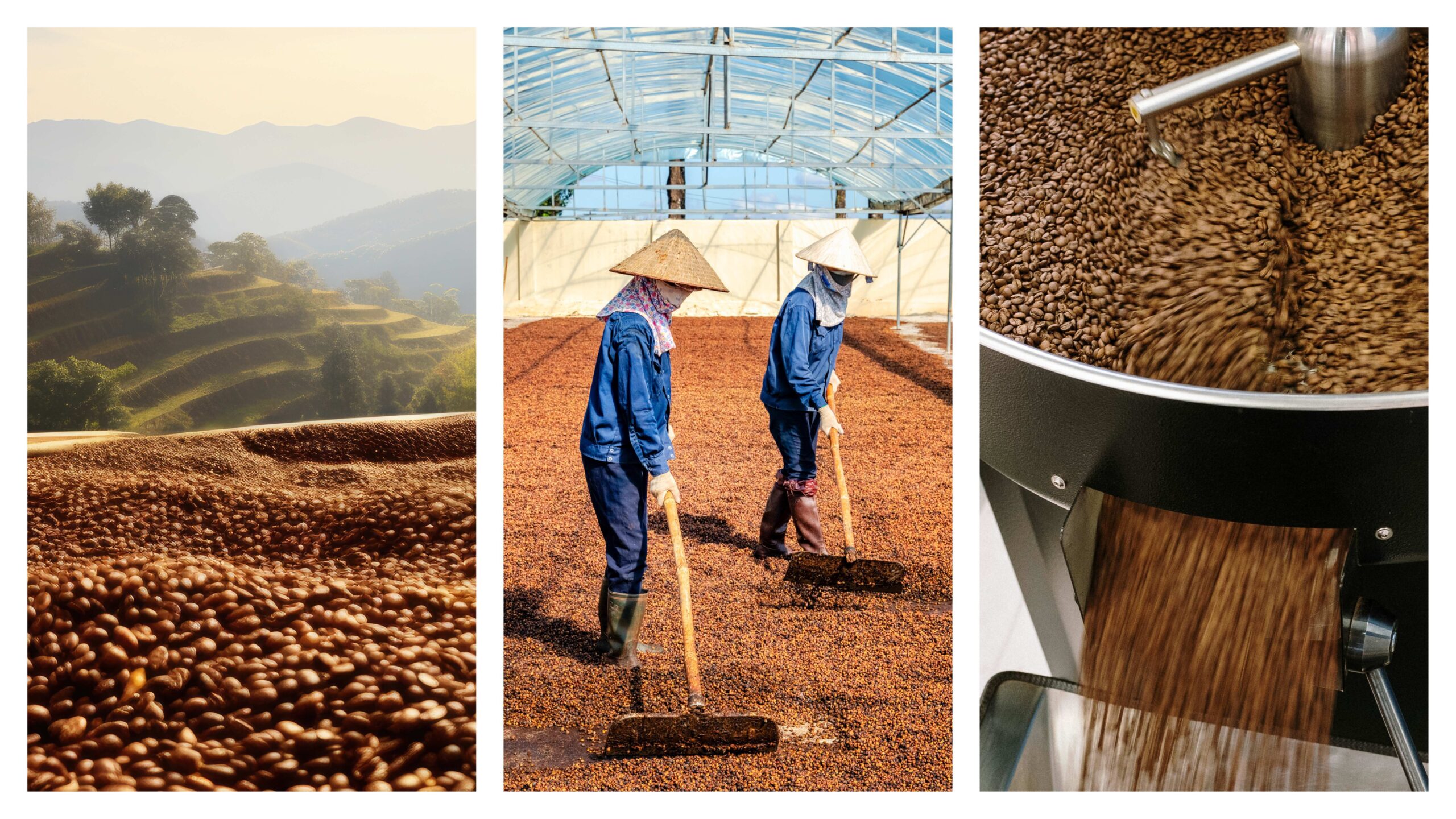
Information: Lorem ipsum dolor sit amet,
So, you plan on browsing coffee brands at your grocery store when a rich, fragrant aroma hits you. It’s a refreshing experience, but you may wonder: Why does this coffee packaging have holes? Won’t the coffee lose flavor? While it’s good to question packaging choices, most brands have their reasons for everything, including those coffee vents.
The “Hole” Reason!
Freshly roasted coffee beans release carbon dioxide (CO2) for days. Even after they are processed and sealed in packaging, they may continue releasing gas that could build up inside the bag. At best, the CO2 could affect the coffee’s flavor. In the worst case, the coffee bag may puff up and burst.
That’s where the little valve comes in. These tiny holes let carbon dioxide escape, which helps to preserve freshness while avoiding pressure buildup. Plus, with vents in place, roasters don’t need to wait for the beans to completely de-gas for days before packaging. This speeds up the process without compromising quality.
Are the Vents Necessary?
Coffee vents are helpful additions to the packaging, but they’re not always a must. While most brands use them for faster production and to preserve freshness, some packaging options skip them entirely:

Information: Lorem ipsum dolor sit amet,
Coffee packaged in smaller portions does away with coffee vents, especially if they are meant to be consumed quickly.
Some brands use alternative methods like one-way degassing valves, which lets gas escape without allowing oxygen to enter, thus preserving the coffee’s shelf life.

Information: Lorem ipsum dolor sit amet,

Information: Lorem ipsum dolor sit amet,
Some specialty-roast coffee beans release less gas due to more refined roasting methods, making the vents optional.
Premium coffee brands often let the roasting and degassing time pass completely before vacuum-sealing their products, eliminating the vents altogether.

Information: Lorem ipsum dolor sit amet,
Ultimately, the packaging and degassing will depend on the type of coffee, its serving size, and overall quality. In a way, coffee vents and degassing valves create a variety for coffee lovers to choose from.
Closing Thoughts
Food packaging has always been about mixing design and function, ensuring the products are always fresh and look appetizing. The coffee vents on your packaging show more than design and aroma; they also symbolize the roasting process and the science behind the warm and comforting blend you drink in the morning.



